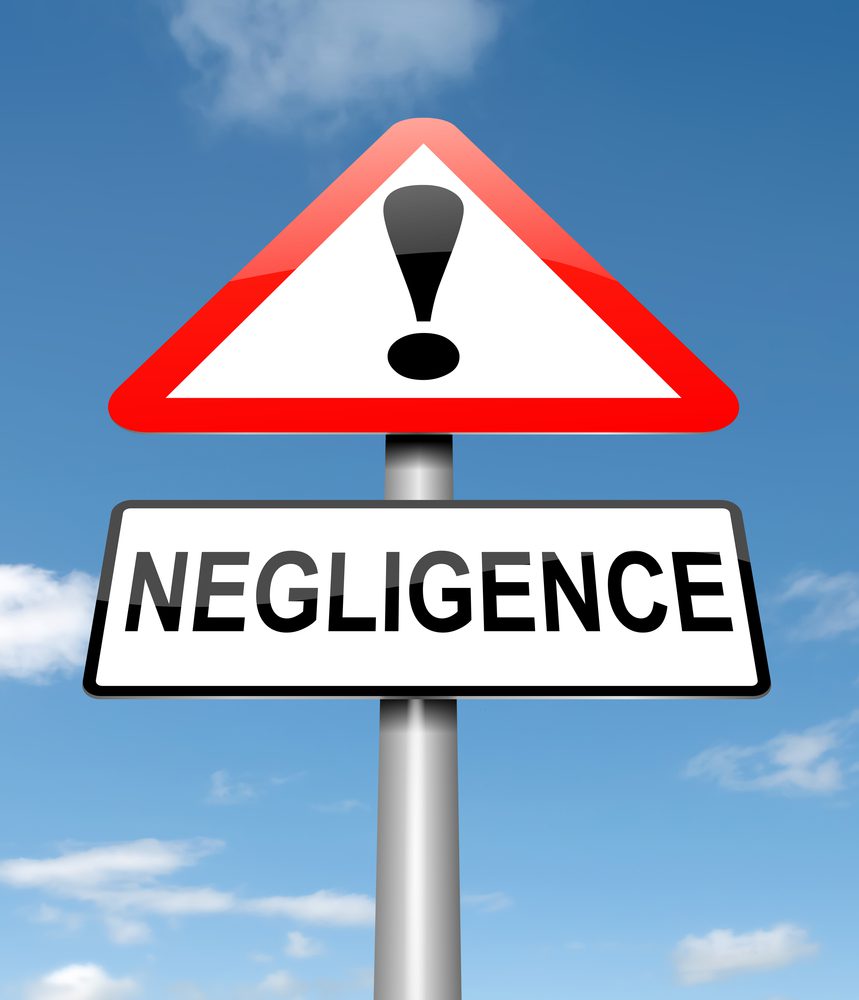
Negligence (among church workers) may be defined as…….the carelessness or failure to exercise a reasonable standard of care in the selection (or retention) of a worker. It’s a word you will hear often associated with a personal injury claim or lawsuit. Although several types of negligence exist, claims are often associated with three main types.
(1) Negligent Selection
Negligent selection means that the church failed to act responsibly and with due care in the selection of a staff member (or volunteer) who’s misconduct would have been discoverable by the organization had the church exercised ‘due diligence’.
The Basics of How to Reduce Negligent Selection:
- Require a thorough written application
- Contact references
- Conduct an interview
- Adhere to a waiting period (for volunteers) – generally six months – before being able to work with minors.
- Conduct a national criminal background check (note this is the last on the list, not the first and only screening you do)
(2) Negligent Supervision
If your church does not exercise proper care in supervising an event, you could be liable for injuries based on negligent supervision. Many of the cases in which churches have been sued for negligent supervision involve incidents of child molestation but it can also include injuries occurring on a playground, during summer activities, fall festivals, children/youth camps, etc.
The Basics of How to Reduce Negligent Supervision:
- Have an adequate number of qualified adults
- Adhere to two adult policy (where no minor is ever left alone with only one adult)
- Avoid Hazardous activities
- Mirror or “benchmark” the policies of other nonprofits for similar activities
(3) Negligent Retention
If your church “retained” a worker after receiving information indicating that they could pose a risk of harm to others, you could be liable under negligent retention.
The Basics of How to Reduce Negligent Retention:
- Investigate Thoroughly – whenever a church leader receives credible information suggesting that a church employee or volunteer may pose a danger to others, an immediate investigation should be initiated, including those required by law.
- Take Action – if the investigation results in reasonable evidence to support the victim’s allegations, then the church can protect itself best by imposing appropriate and immediate restrictions.
